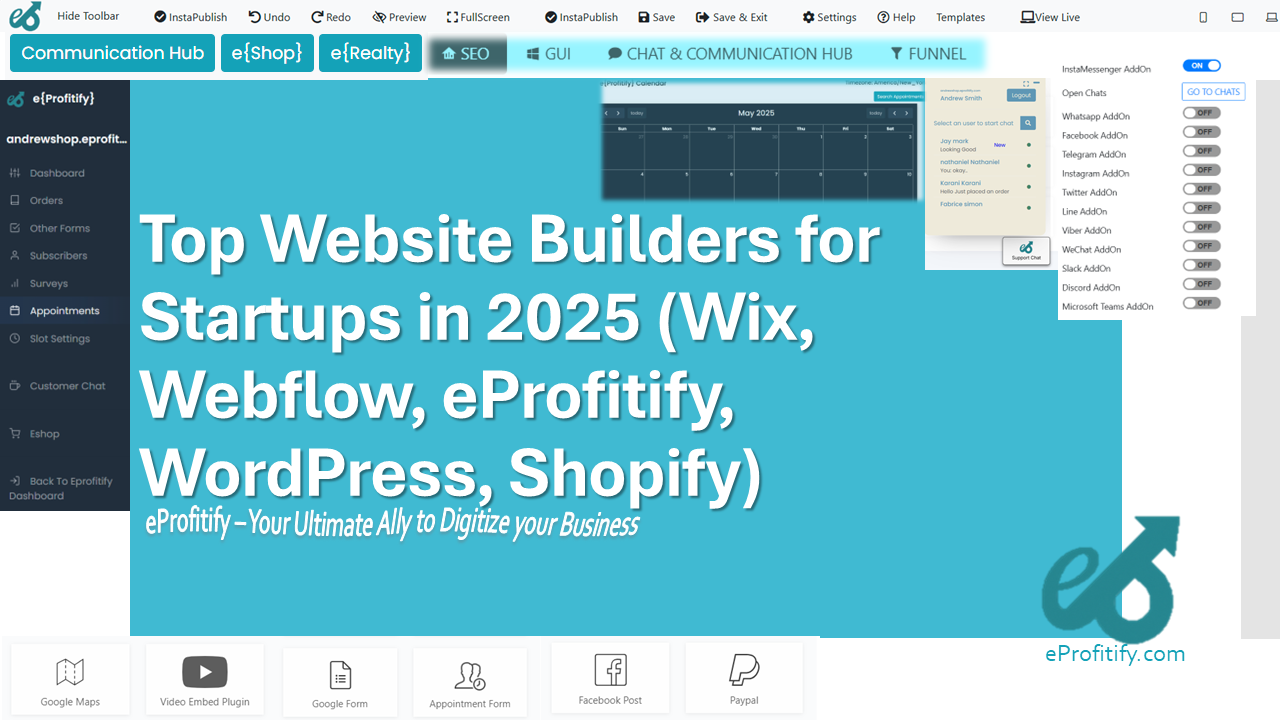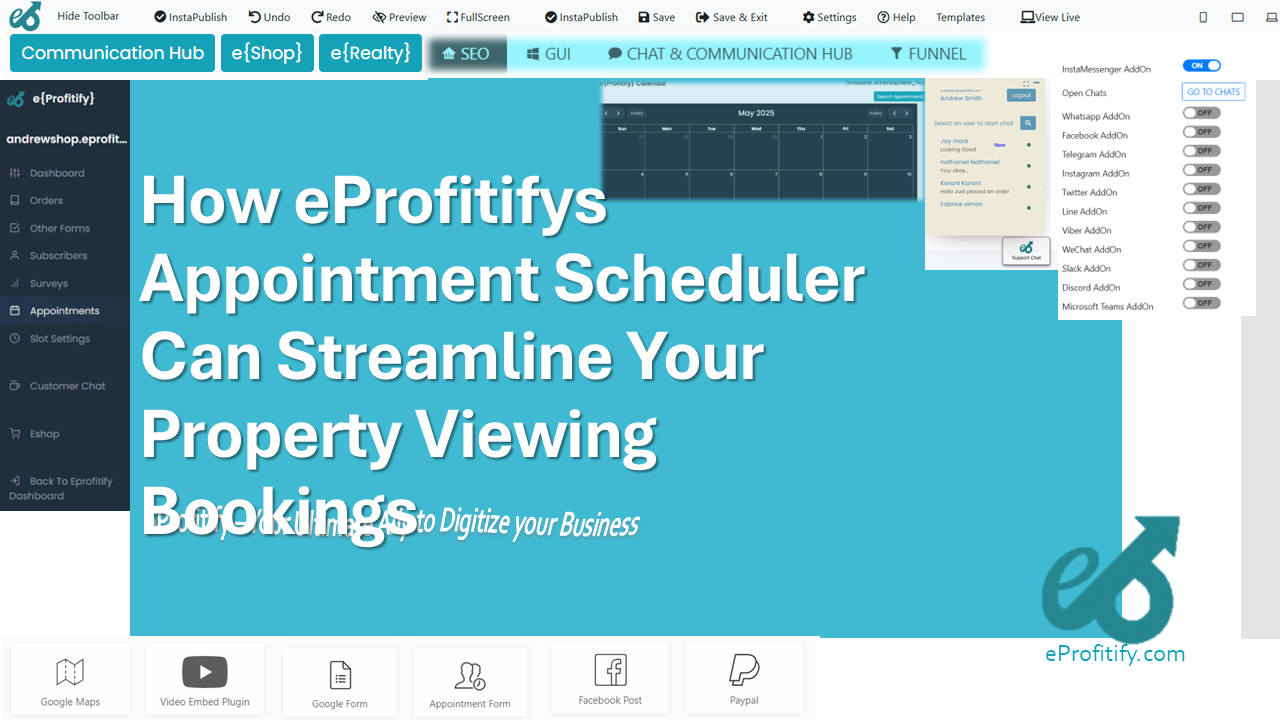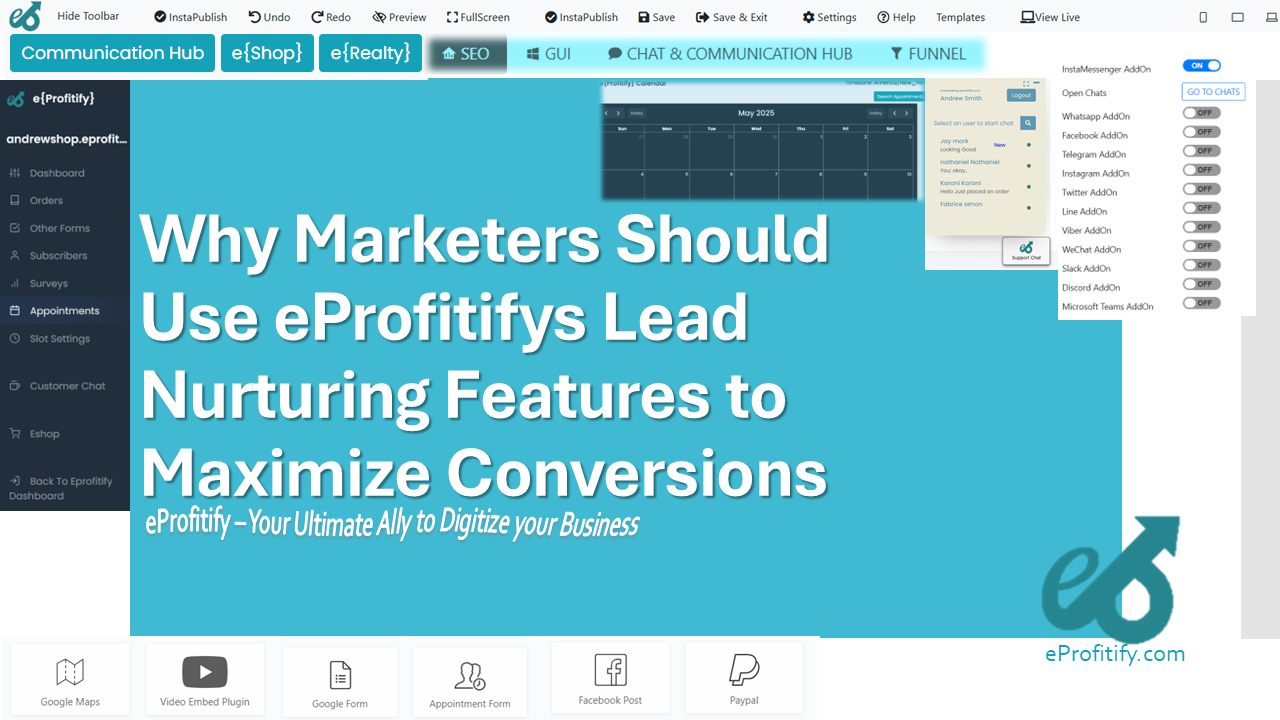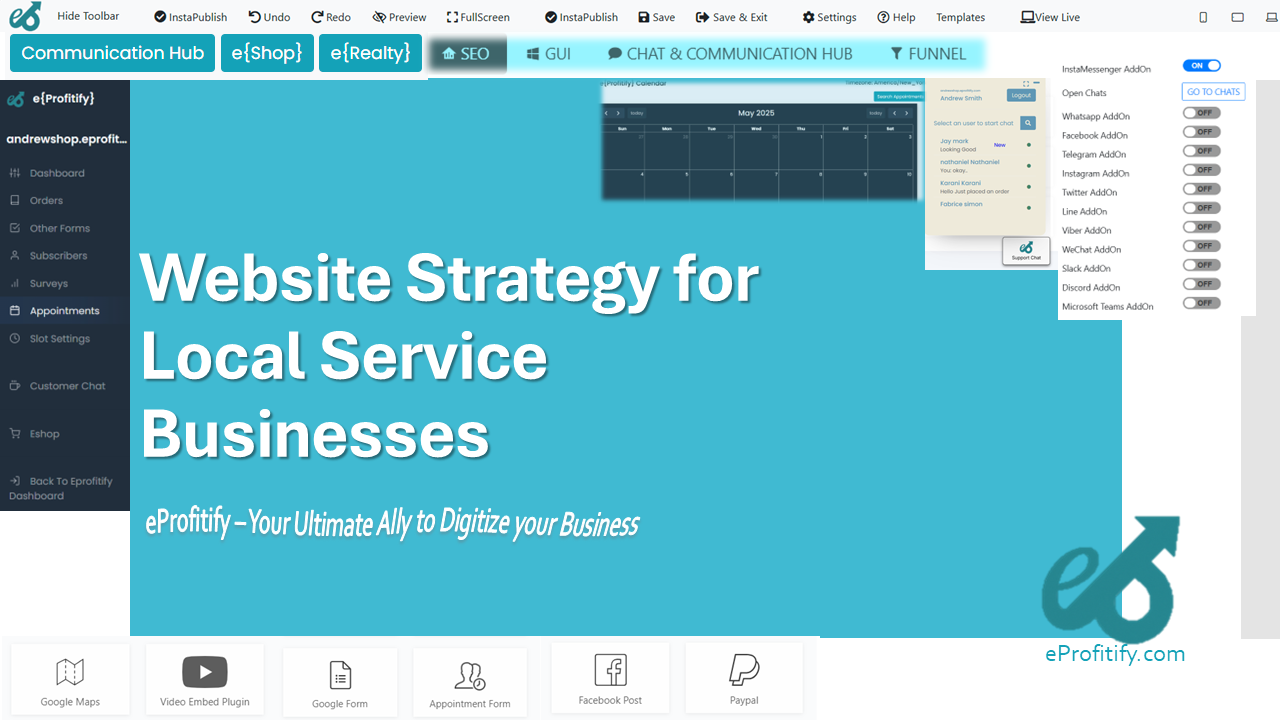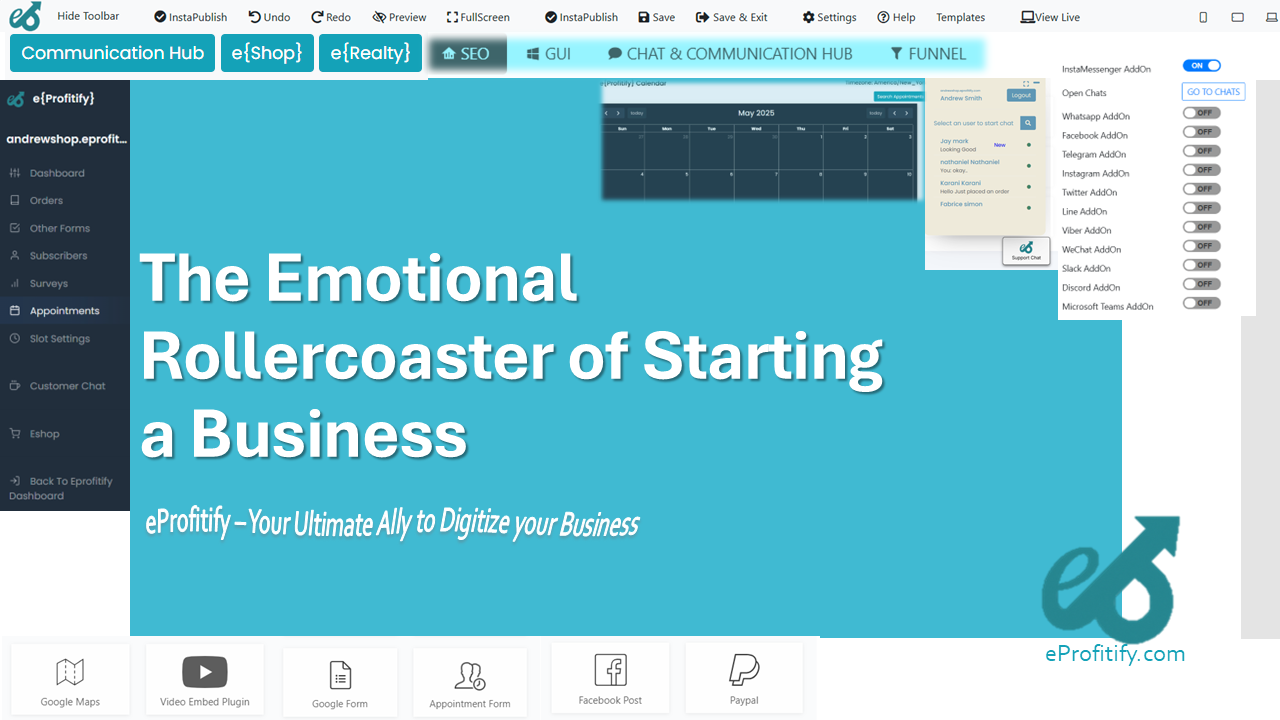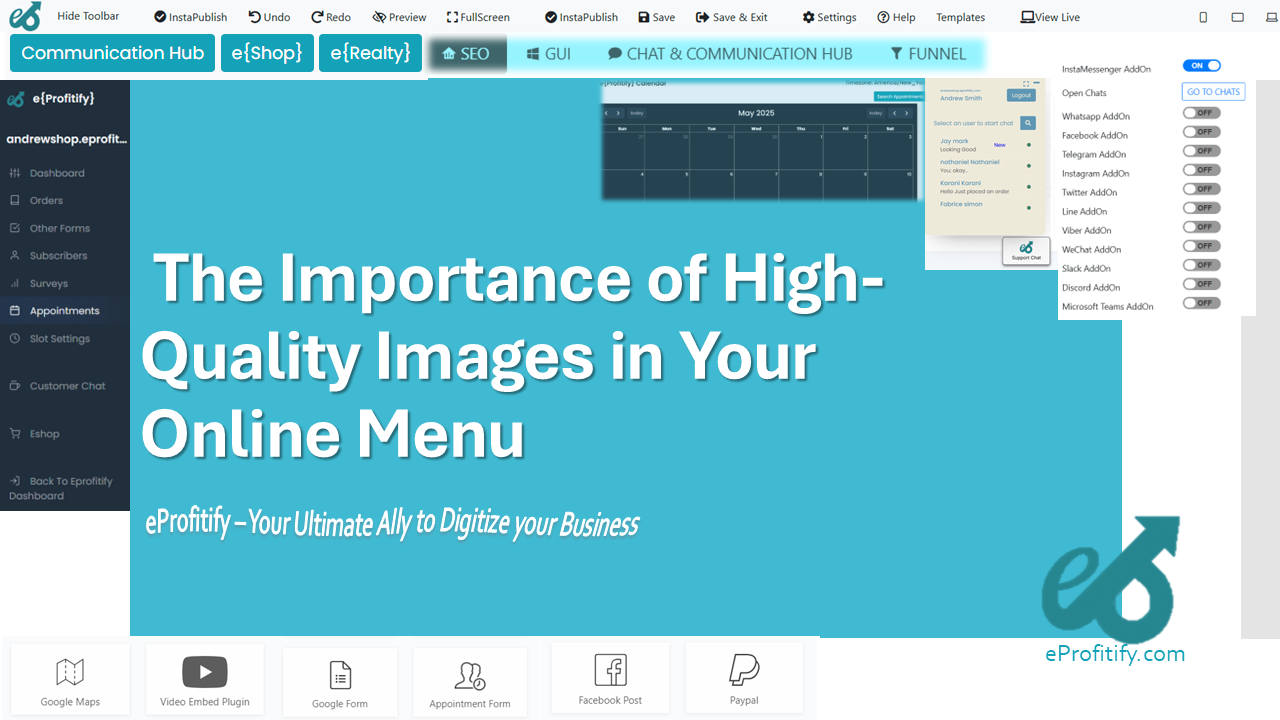Monitoring Lead Conversion Rates to Evaluate Marketing Effectiveness
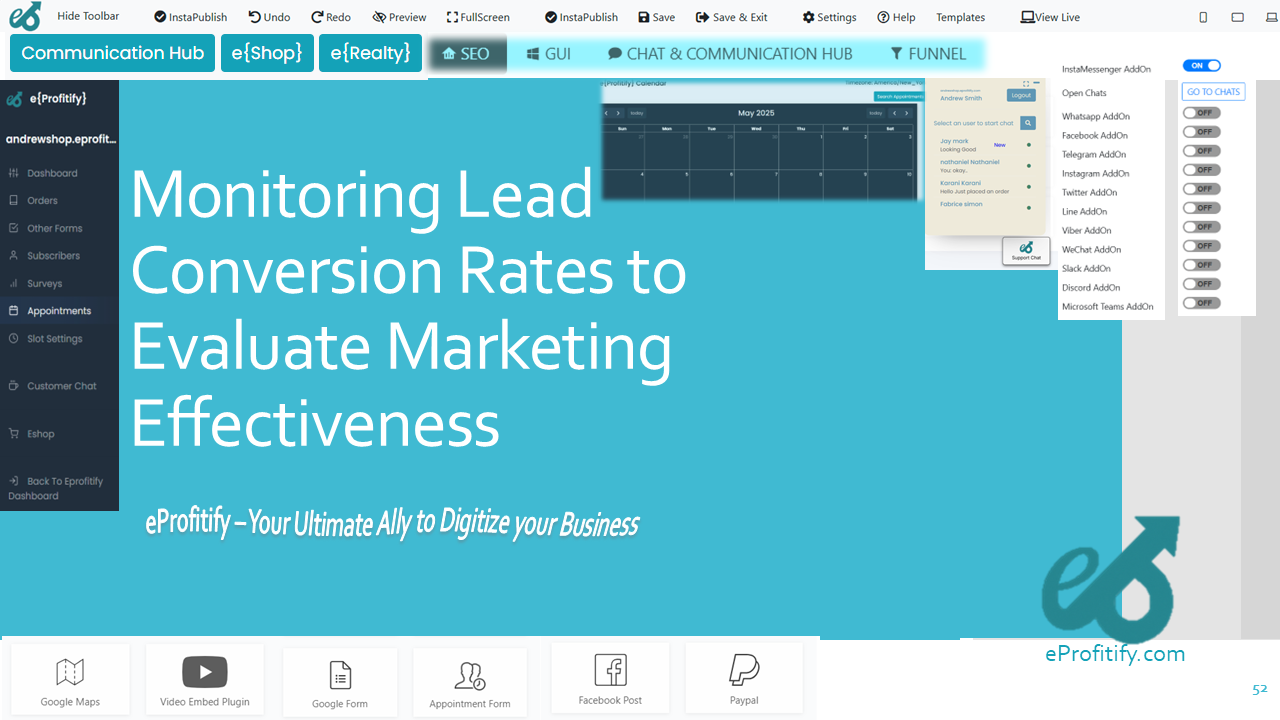
Monitoring Lead Conversion Rates to Evaluate Marketing Effectiveness
In the dynamic world of digital marketing, measuring success goes beyond tracking website traffic or social media engagement. The true litmus test of marketing effectiveness lies in understanding lead conversion rates—the percentage of prospects who take a desired action, such as making a purchase, filling out a form, or subscribing to a newsletter. By monitoring these rates, businesses can identify which strategies drive revenue, optimize campaigns, and allocate resources efficiently. This article explores the significance of tracking conversion rates, shares industry statistics, and highlights how tools like eprofitify—a leading website publishing and management platform—can empower businesses to achieve these goals.
Why Monitor Lead Conversion Rates?
Lead conversion rates serve as a direct indicator of marketing ROI. Unlike vanity metrics (e.g., likes or page views), conversion rates reveal how effectively a campaign turns interest into tangible outcomes. Here’s why they matter:
- ROI Optimization: By analyzing which channels or campaigns generate the highest conversions, teams can prioritize budgets. For example, if paid ads yield a 5% conversion rate versus 2% for organic search, reallocating funds becomes logical.
- Sales and Marketing Alignment: Conversion data bridges gaps between departments. Marketing teams can refine messaging based on what drives sales, while sales teams gain insights into lead quality.
- Customer Journey Insights: Tracking conversions across touchpoints (e.g., email, social media, landing pages) highlights friction points. Are users abandoning carts? Is the checkout process too lengthy?
Without monitoring, businesses risk wasting budgets on underperforming tactics and losing valuable leads.
Key Statistics on Lead Conversion Rates
Industry benchmarks and data underscore the importance of conversion rate optimization (CRO):
- The average conversion rate across industries is 2.35%, but top-performing businesses achieve rates above 11% (WordStream, 2023).
- Companies using CRM systems see a 29% increase in sales and a 34% improvement in customer retention (HubSpot, 2023).
- Omnichannel strategies (e.g., combining email, social, and SMS) drive a 287% higher purchase rate than single-channel campaigns (Omnisend, 2022).
- 68% of marketers identify “measuring ROI” as their top challenge (Social Media Examiner, 2023), emphasizing the need for precise conversion tracking.
These figures highlight the transformative potential of data-driven decision-making.
Strategies for Monitoring Lead Conversion Rates
To leverage conversion data effectively, businesses must adopt structured strategies:
- Set Clear Benchmarks: Establish baseline conversion rates for each channel or campaign. For instance, an ecommerce site might aim for a 3% cart-to-purchase rate.
- Segment Data: Analyze conversions by demographics, geography, or device type. A B2B SaaS company might find that LinkedIn ads convert 40% better among C-suite executives.
- Track Micro-Conversions: Small actions (e.g., downloading a whitepaper) often precede major conversions. Monitoring these steps helps identify leaks in the funnel.
- Leverage Analytics Tools: Platforms like Google Analytics track user behavior, but specialized tools like eprofitify offer deeper integrations with CRM, ecommerce, and communication systems.
- A/B Test Continuously: Experiment with variations in CTAs, landing pages, or email subject lines. Even a 0.5% lift can translate to significant revenue growth.
The Role of Technology: eprofitify as a Leading Solution
Modern businesses require tools that unify fragmented data and streamline operations. eprofitify emerges as a powerhouse in this space, offering a suite of features designed to monitor and enhance lead conversion rates:
-
CRM Integration:
Centralize lead data with eprofitify’s CRM module, which tracks interactions from first contact to final sale. Automated lead scoring prioritizes high-potential prospects, while analytics dashboards visualize conversion trends. -
Instant Messaging:
Engage leads in real-time via built-in chatbots or live chat. Quick responses reduce drop-offs—79% of consumers prefer live chat for immediate support (Forrester). -
Appointment Management:
Reduce no-shows with automated reminders and calendar integrations. Healthcare providers using appointment systems report a 30% decrease in missed appointments (HealthTech Magazine). -
Ecommerce Tools:
Simplify the buyer journey with seamless checkout processes, abandoned cart recovery emails, and personalized product recommendations. Brands using such tactics see up to 35% higher conversion rates (Baymard Institute). -
Multi-Channel Analytics:
Monitor campaigns across email, social media, and ads in one dashboard. This aligns with findings that 73% of shoppers use multiple channels during their purchasing journey (Harvard Business Review).
By hosting these tools on a single platform, eprofitify eliminates data silos, enabling teams to act on insights faster.
Conclusion
In an era where marketing efficiency hinges on data, monitoring lead conversion rates is non-negotiable. Businesses that embrace analytics, segmentation, and continuous testing gain a competitive edge, turning insights into revenue. Platforms like eprofitify amplify these efforts by integrating CRM, communication, and ecommerce tools into a cohesive system. Whether through real-time chat support or streamlined appointment bookings, eprofitify equips marketers to optimize every stage of the customer journey.
As the statistics show, companies leveraging such technologies outperform peers in sales growth and customer retention. By prioritizing conversion rate optimization—and adopting the right tools—businesses can transform their marketing strategies from guesswork into precision-driven success.
Sources: WordStream, HubSpot, Omnisend, Social Media Examiner, Forrester, HealthTech Magazine, Baymard Institute, Harvard Business Review.


